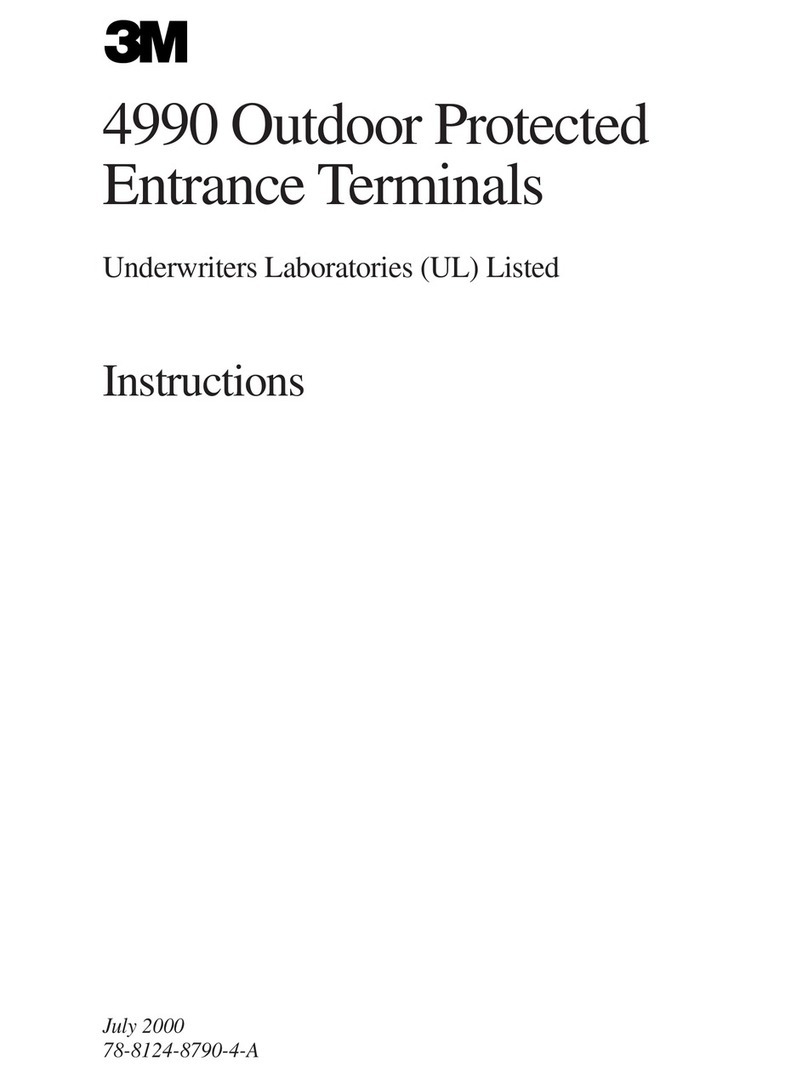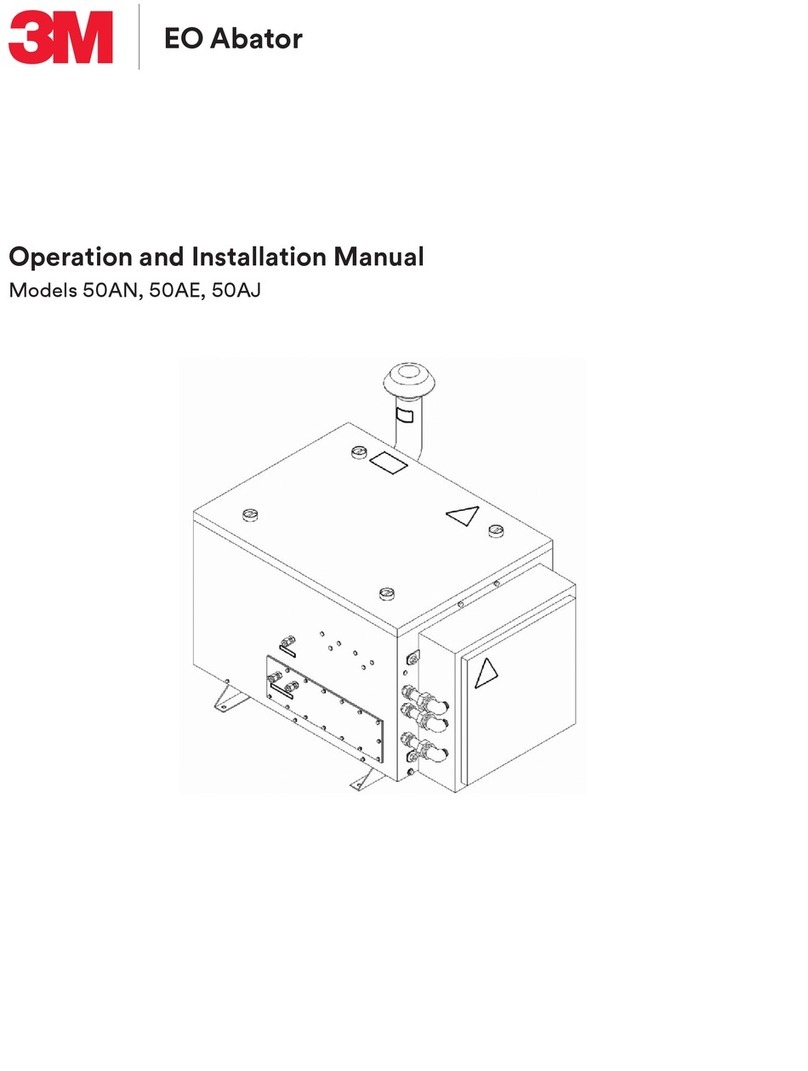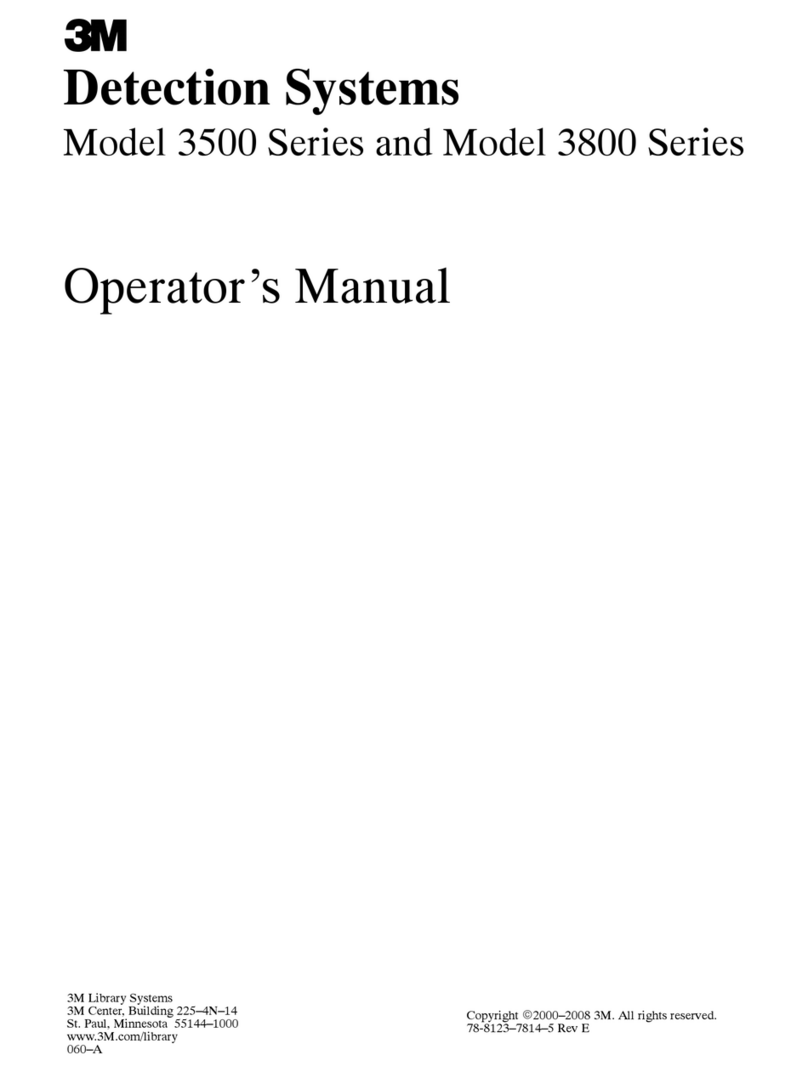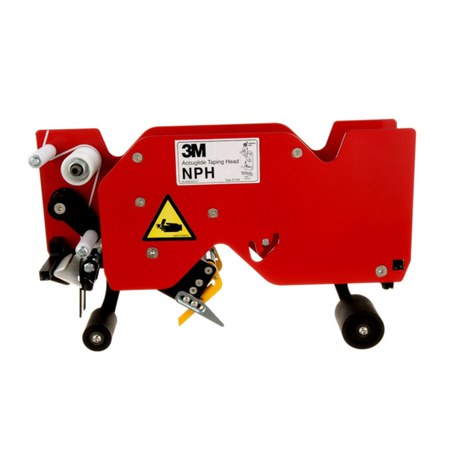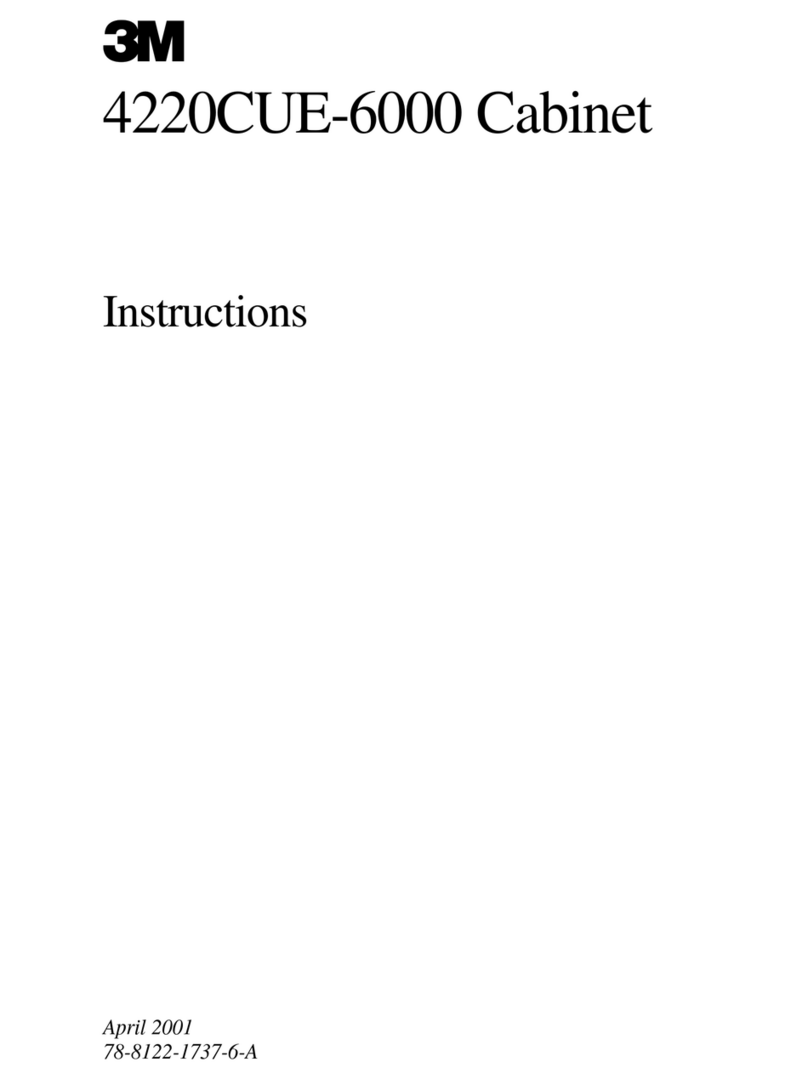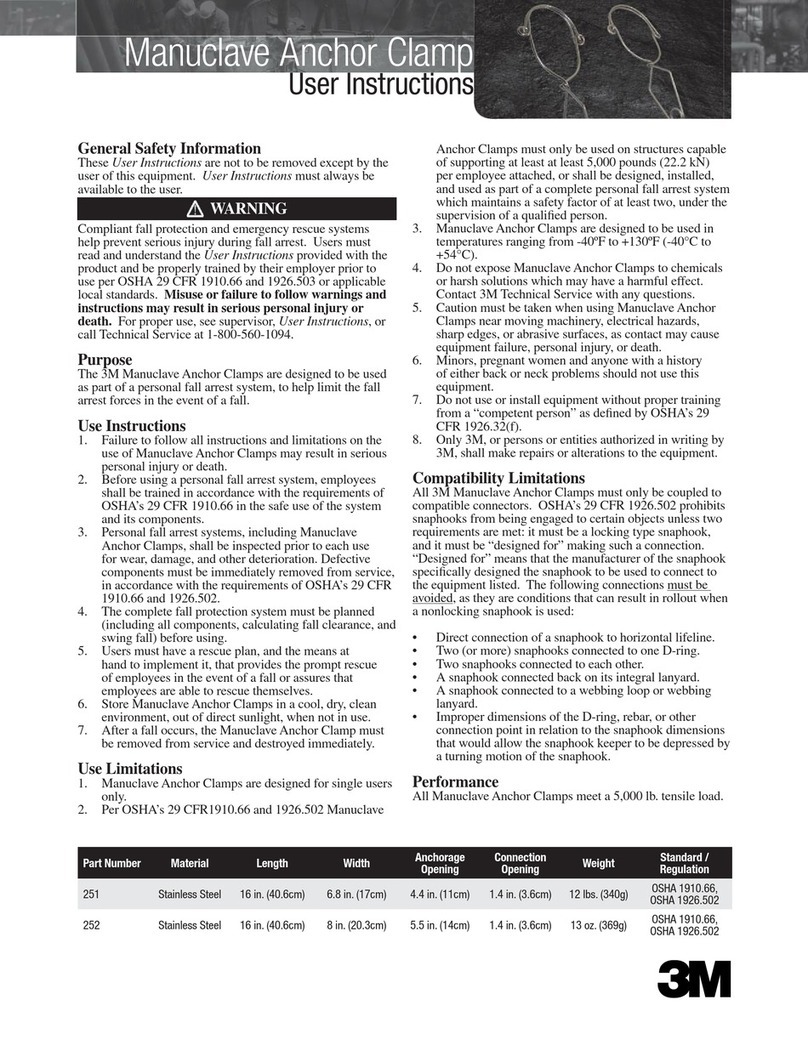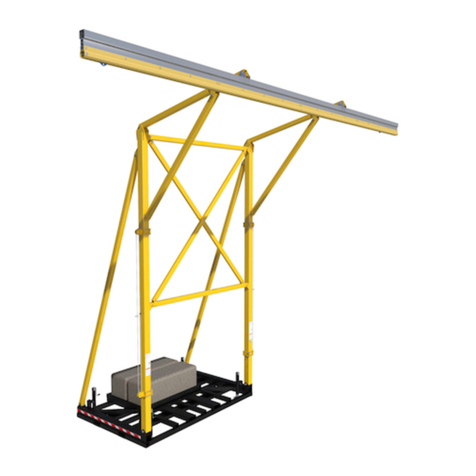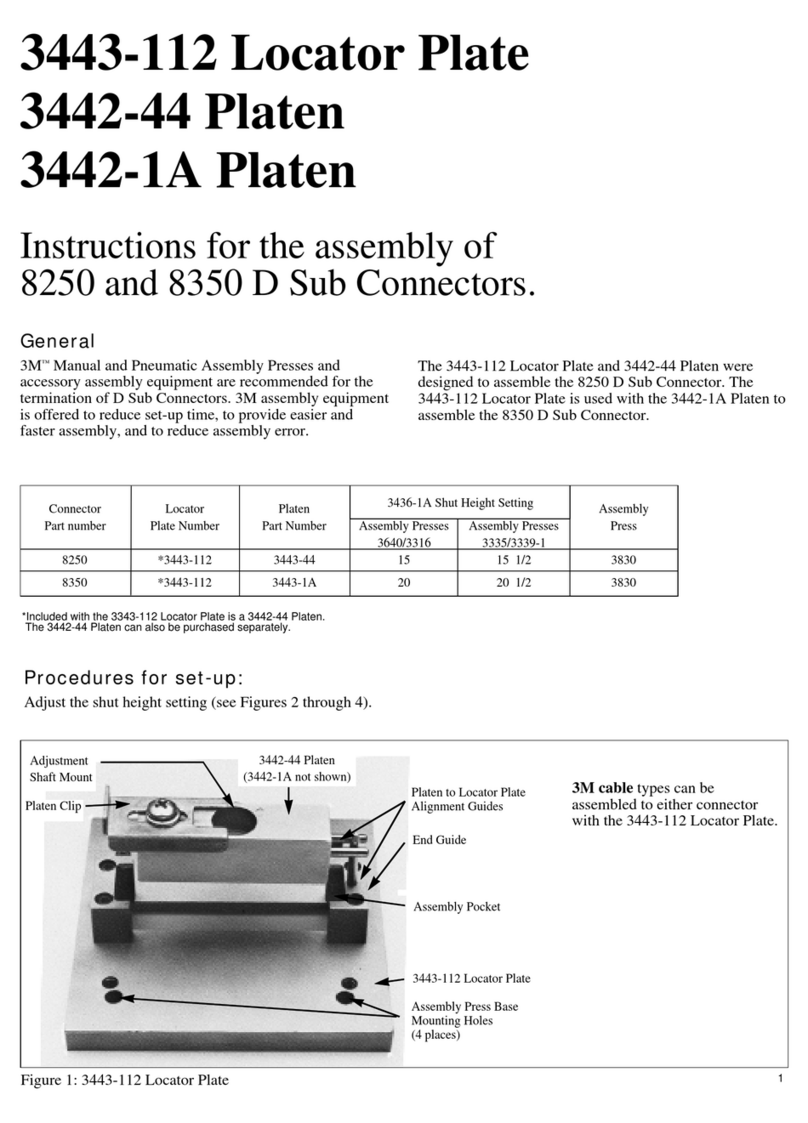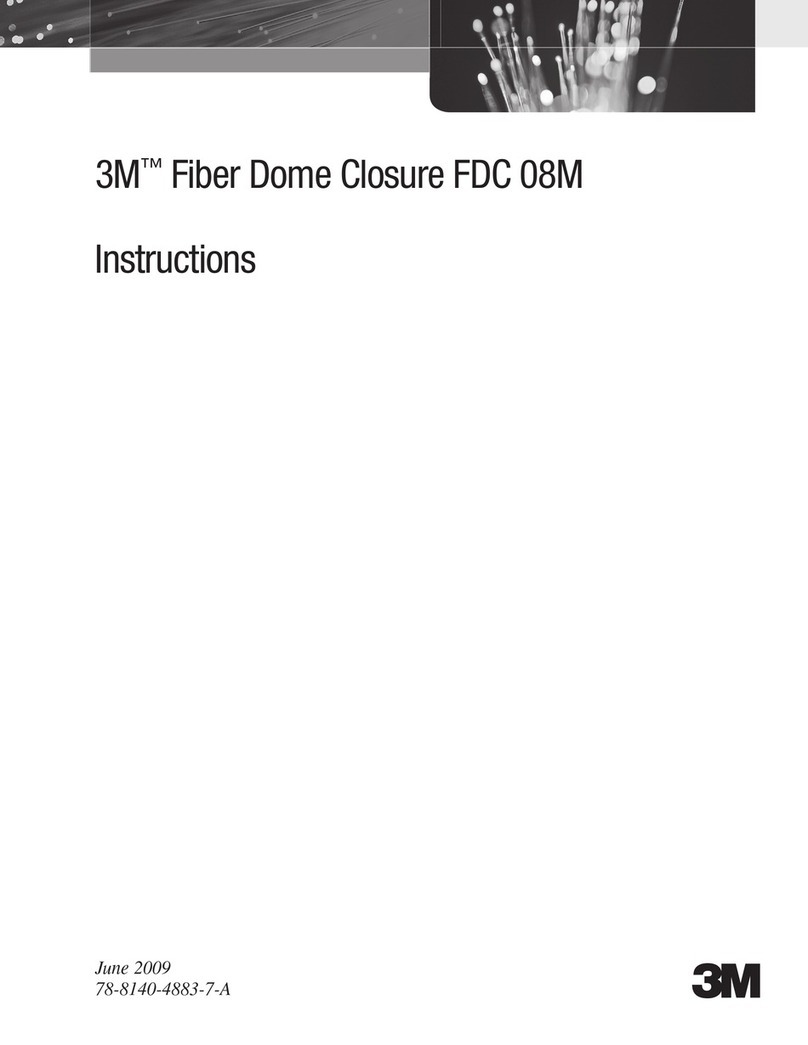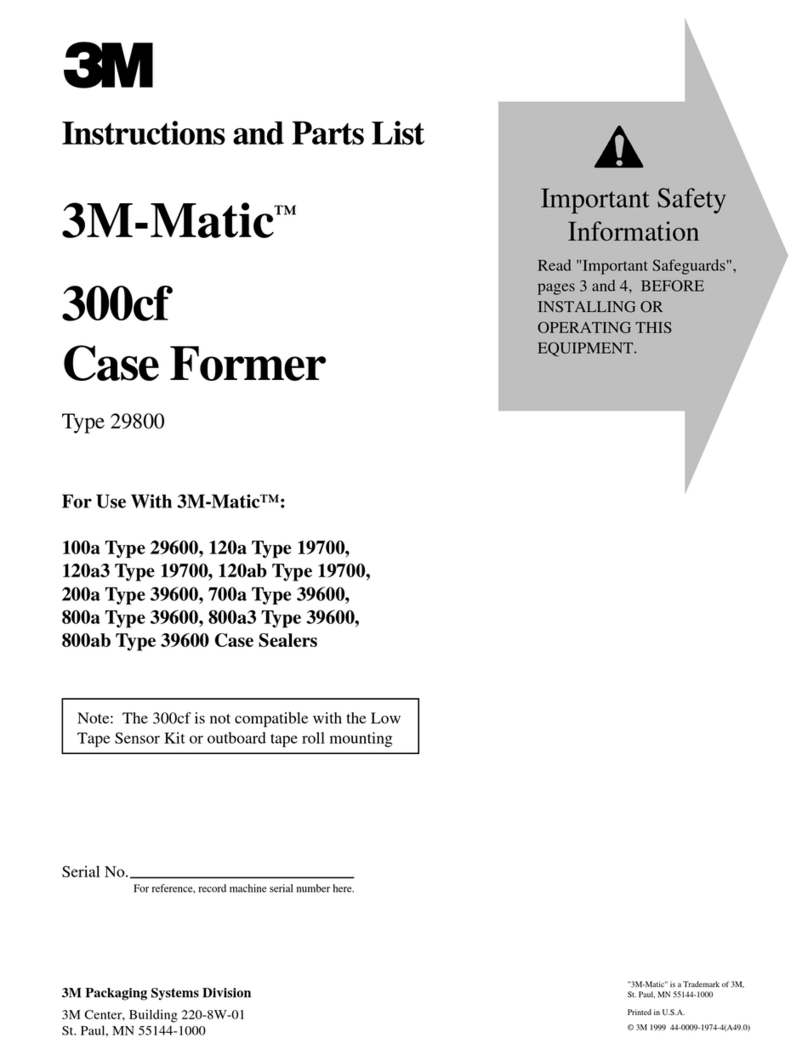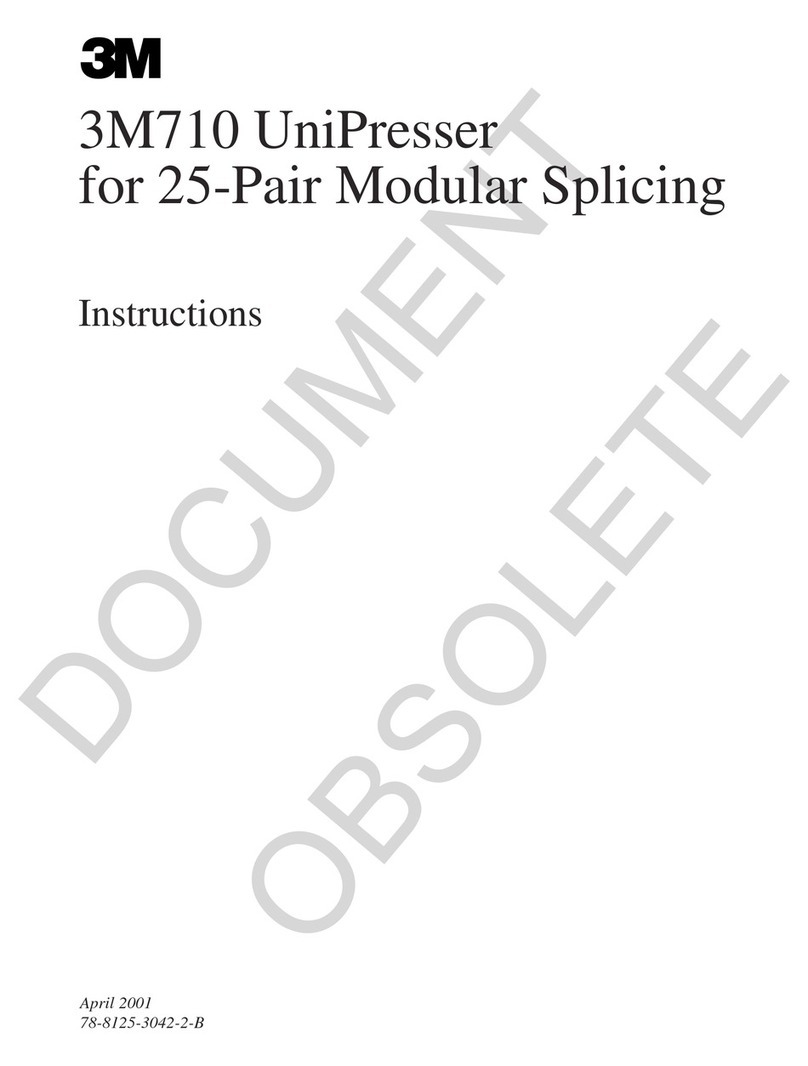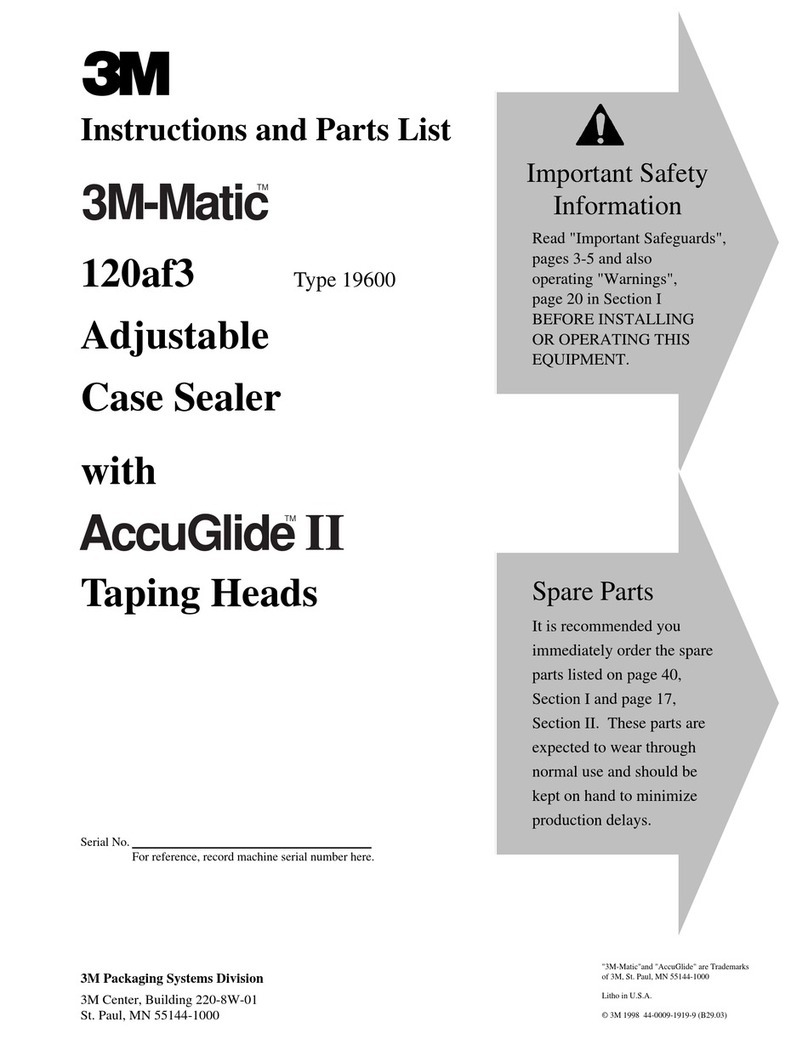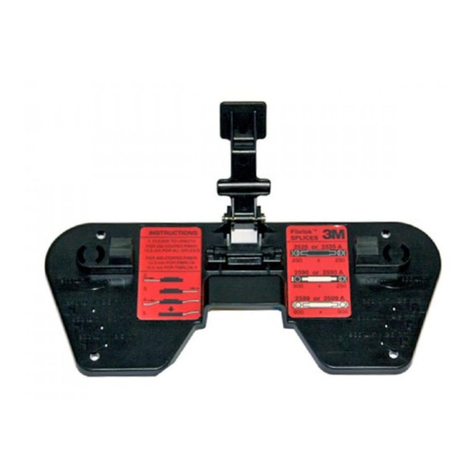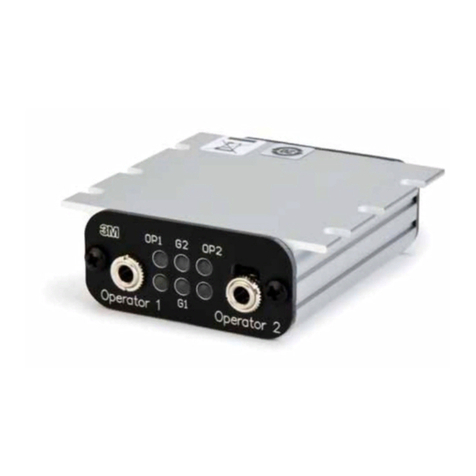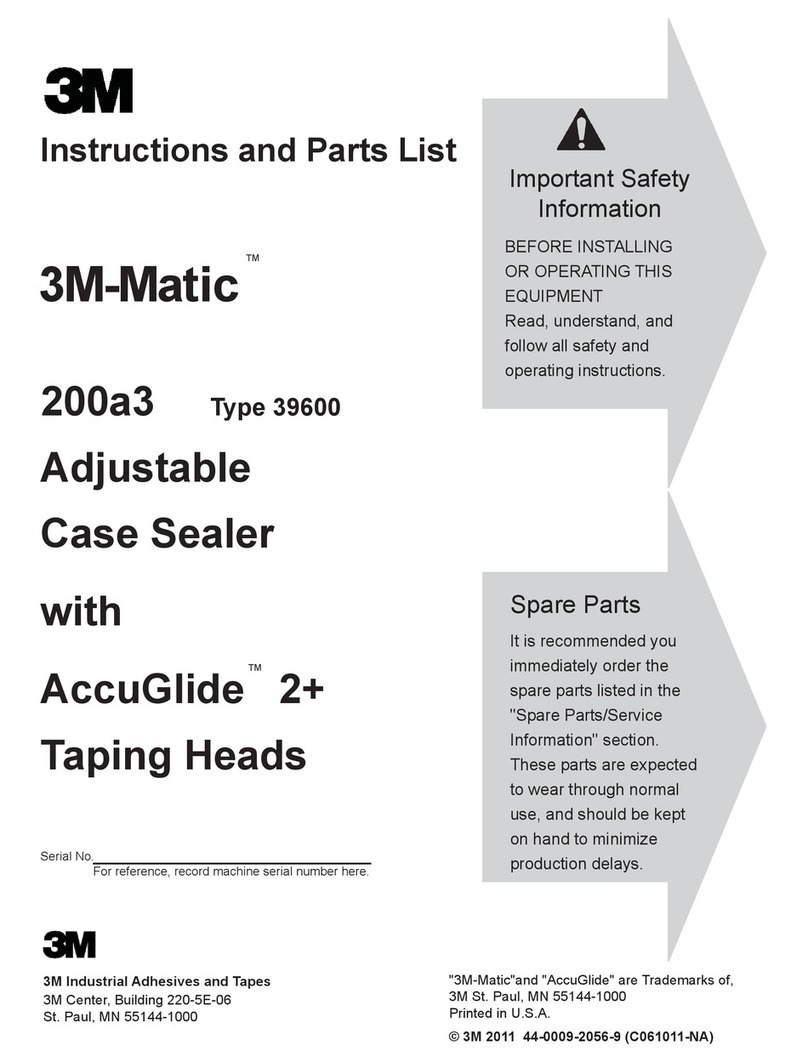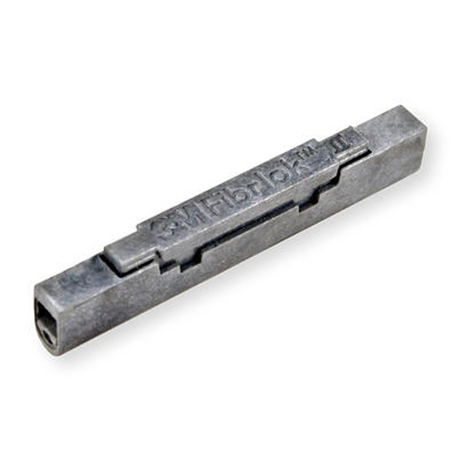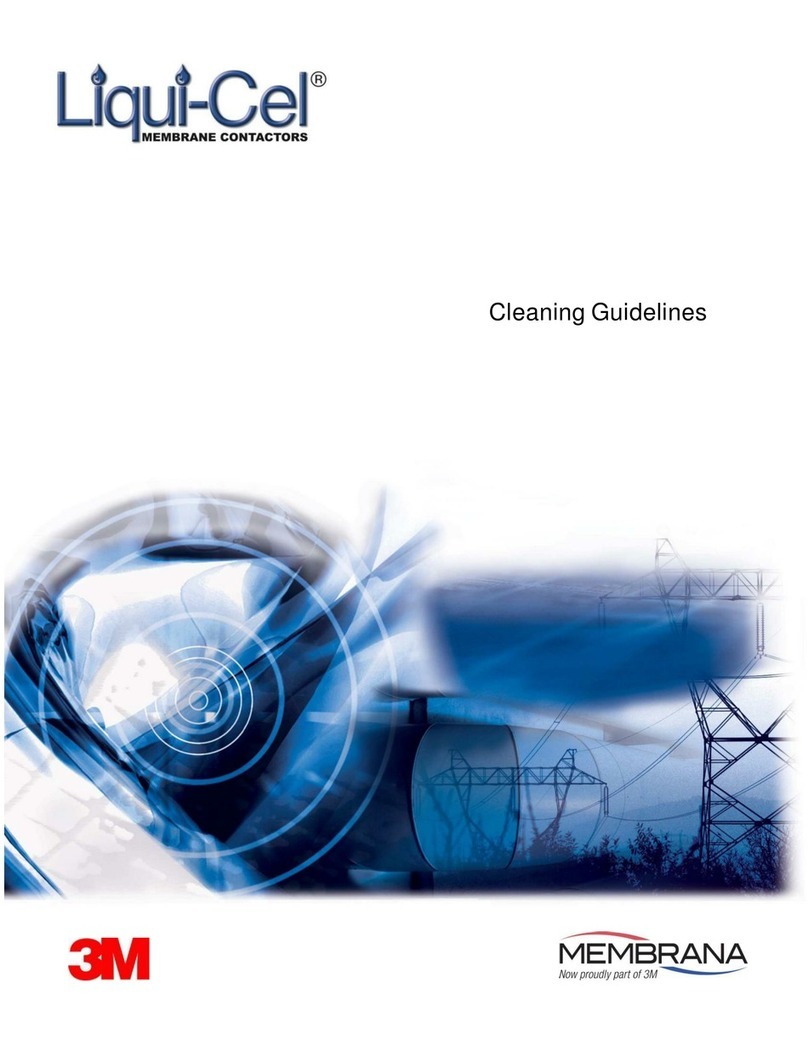
5
4.0 OPERATION AND USE
WARNING: Do not alter or intentionally misuse this equipment.
WARNING: Consult Capital Safety when using this equipment in combination with components or subsystems other than
those described in this manual. Some subsystem and component combinations may interfere with the operation of this
equipment. Use caution when using this equipment around moving machinery, electrical hazards, chemical hazards, and sharp
edges.
WARNING: The anchor device should only be used for personal fall protection equipment and not for lifting equipment (not
included in this instruction).
WARNING: This equipment is intended for use in fall arrest system only. It is essential for the user to verify that a free
space is required beneath the user at the workplace before each occasion of use. It is imperative in that in the event of a fall,
that there be no collision with the ground and/or obstacle(s) in the fall path.
WARNING: Working at height has inherent risks. Some risks are noted here but are not limited to the following: falling,
suspension/prolonged suspension, striking objects, and unconsciousness. In the event of a fall arrest and/or subsequent
rescue (emergency) situation, some personal medical conditions may affect your safety. Medical conditions identied as risky
for this type of activity include but are not limited to the following: heart disease, high blood pressure, vertigo, epilepsy, drug
or alcohol dependence, psychiatric illness, impaired limb function, and balance issues. We recommend that your employer/
physician determine if you are t to handle normal and emergency use of this equipment.
4.1 BEFORE EACH USE: Inspect this equipment carefully to ensure it is in good working condition. Check for
worn or damaged parts. Ensure all parts are present and secure. Check the entire system for damage and
corrosion. See Section 6 for further inspection details. Do not use if inspection reveals an unsafe condition.
If the system fails inspection, immediately remove from service and do not use. Contact Capital Safety for
information about how to repair the Rail system.
4.2 PLANNING: Plan your system and how it will function before starting your work. Consider all factors that
affect your safety during use. Some important points to consider when planning your system are:
A. HAZARD EVALUATION: Evaluate job site hazards prior to starting work. Consult applicable CE and
industry standards for guidelines and regulatory requirements on equipment such as personal fall arrest
systems (PFAS).
B. WORK SITE GEOMETRY: The use of the rail system and attached PFAS must be consistent with the
geometric requirements stated in the manufacturer’s instruction manual(s). Check for obstructions or
sharp edges in the work path. Avoid working where the user may swing and hit an object, or where lines
may cross or tangle with that of another worker.
C. FALL CLEARANCE: There must be sufficient clearance in your fall path to prevent striking an object or
lower level in the event of a fall. A minimum of 6 ft. (1.8 m) from the working level to the lower level
or nearest obstruction is recommended but may vary with you application and attached PFAS. See the
PFAS manufacturers’ instructions.
D. SWING FALLS: Swing Falls occur when the, anchorage point is not directly overhead (Figure 4). The
force of striking an object in a Swing Fall may cause serious injury or death. Minimize Swing Falls by
maintaining a work position as directly below the anchorage point as possible. In planning your system,
increased clearance is required with Self-Retracting Lifelines or other variable length subsystems to
negate the possibility of Swing Falls.
E. SHARP EDGES: Avoid working where components of the rail system and attached subsystem(s) will
contact with or abrade against unprotected sharp edges.
F. RESCUE: When using this equipment, the employer must have a rescue plan and the means at hand to
implement it and communicate that plan to users, authorized persons, and rescuers.
G. AFTER A FALL: Any equipment which has been subjected to the forces of arresting a fall or exhibits
damage consistent with the effect of fall arrest forces, must be removed from service immediately and
destroyed by the user, the rescuer, or an authorized person.
4.3 FIXED-HEIGHT COUNTERWEIGHT HORIZONTAL RAIL SYSTEM: Fixed-Height Counterweight Horizontal
Rail systems are not adjustable. The height of the rail system is dictated by the length of the rail system
uprights.
IMPORTANT: Do not attempt to adjust the height of the rail system by setting items under the leveling
feet to gain more height. The Fixed-Height rail system must only be used when all four (4) leveling feet
are safely touching the ground.
IMPORTANT: System must have a quantity of two concrete blocks with the following specication
placed on the concrete tray prior to system use. (Concrete blocks not included.) Concrete block
dimensions: (Approx.) 2 ft. Height X 2 ft. Width X 6 ft. Length (61cm X 61cm X 183cm). Concrete Block
Weight: (Approx.) 4,000 lbs (1,814 kg.).

